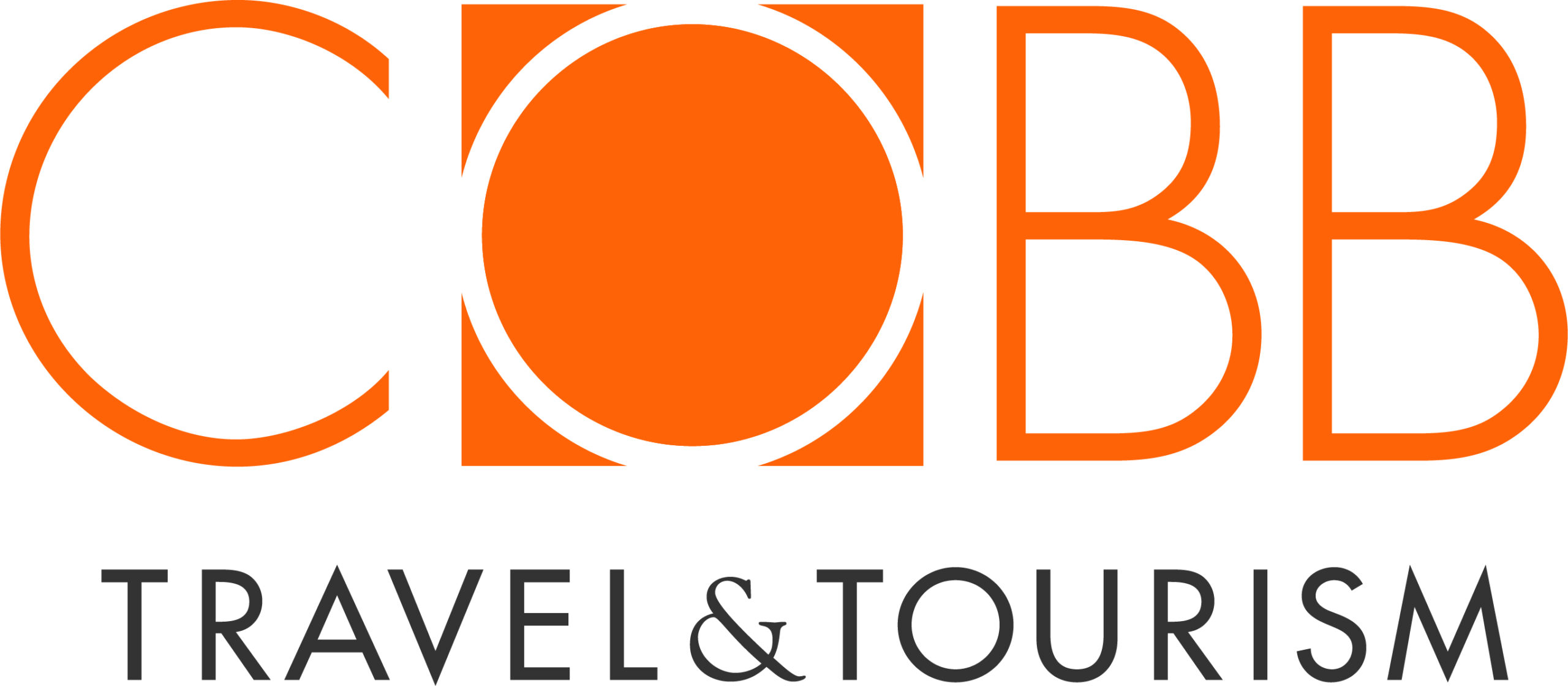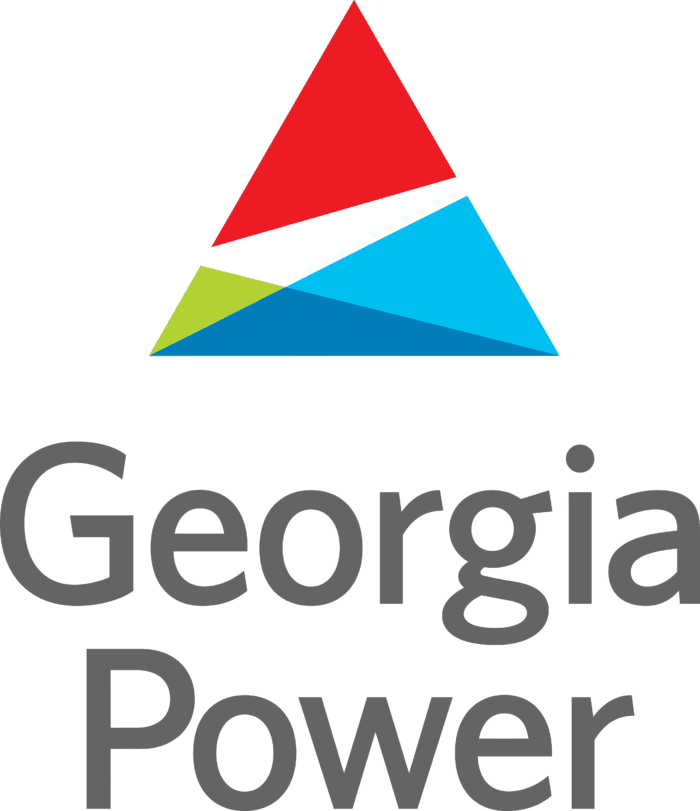Here are a few takeaways from our 2021 Strategic Visit:
Access to Workforce is a Challenge
One of the top challenges facing nearly every industry and organization in greater Boston is access to talent. Workforce development efforts has the biggest impact on the city’s economic development strategy. There is a renewed focus on training for essential/soft skills.
Apprenticeship and WBL are effective ways to prepare and move people into high-paying jobs and careers paths while helping employers meet their needs for skilled workers.
“Greater Boston Chamber President & CEO, Jim Rooney, mentioned three key issues facing the Boston region that are very similar to those facing us in Cobb and Metro Atlanta, including workforce development, diversity/equity/inclusion, and transportation. Much of what he talked about let me know that we aren’t alone in facing these issues and that addressing them is challenging and requires more than a one-size-fits-all approach.”
– Jason Gaines
Best practice for Cobb: In addition to partnerships with local business and schools, the creation of leadership or strategic industry council that brings together HR professionals to address evolving workforce issues could be very helpful and complement our workforce efforts.
Diversity, Equity & Inclusion is a Priority
Whether it’s travel and tourism, transit options, or economic development and small business growth, addressing racial injustice and equity issues are woven into existing strategies. The city’s sports tourism marketing strategy focuses on telling bigger, broader, more authentic stories about the community to attract and celebrate diversity. The city is using sports tourism and small business recruitment to combat and address negative perceptions around racism. You can view the Boston Convention and Visitor’s Bureau’s All Inclusive Boston Campaign. The Boston Red Sox’s “Take the Lead” initiative is a partnership with all five major sports teams and the local NAACP chapter.
“The Strategic Visit takes common platforms and topics between Cobb and other locations and weaves together conversations that can help us benefit and learn from different places and perspectives.”
– Holly Quinlan, President & CEO, Cobb Travel & Tourism
Regional Collaborations Support Transportation & Mobility
The Metropolitan Area Planning Council has implemented the Metro Regional Plan 2030, Greater Boston’s 30-year plan to better the lives of the people who live and work in metropolitan Boston between now and 2030. The plan works to create drive among local governments to the region forward – with more transit and fewer arterials, reducing the dependency on single occupancy vehicles – in a positive direction.
“Very valuable for both personal and professional learning and growth. The visit helps frame community issues and policies needed to accommodate future growth.”
– Steve Foster, Community Development Manager, Georgia Power
Pandemic Recovery & Small Business Support
Entrepreneurship and investment in key industry sectors, like life sciences, fuel Boston’s business recruitment efforts. Thirty percent of all venture capital dollars are going into the life sciences space and the city is defining career pathways for K-12 students as a talent pipeline.
Boston actively nurtures a growing incubator/accelerator ecosystem. The city offers entrepreneurship classes and will pair entrepreneurs with mentors on their scope of work and needs. The city has a team within its economic development department that focuses solely on startups.
For its pandemic recovery efforts, the city learned that seeking frequent feedback helped to met the needs of businesses. The used Community Development Block Grants as the cornerstone of its funding relief efforts. The B-Local Boston app helped to target support of local small businesses funded through CARES Act dollars for pandemic recovery.
Best practice for Cobb: A creative alternative funding source for local façade grant programs could be HUD CDBG dollars.
What’s Next
We will use the lessons learned and findings from Strategic Visit Boston to have further discussions with appropriate audiences across the metro Atlanta region to put what we learned into practice and enhance our current plans and strategies.
For more information on the upcoming Strategic Leadership Visit, contact Michele Howard at mhoward@cobbchamber.org or 770-859-2345.








